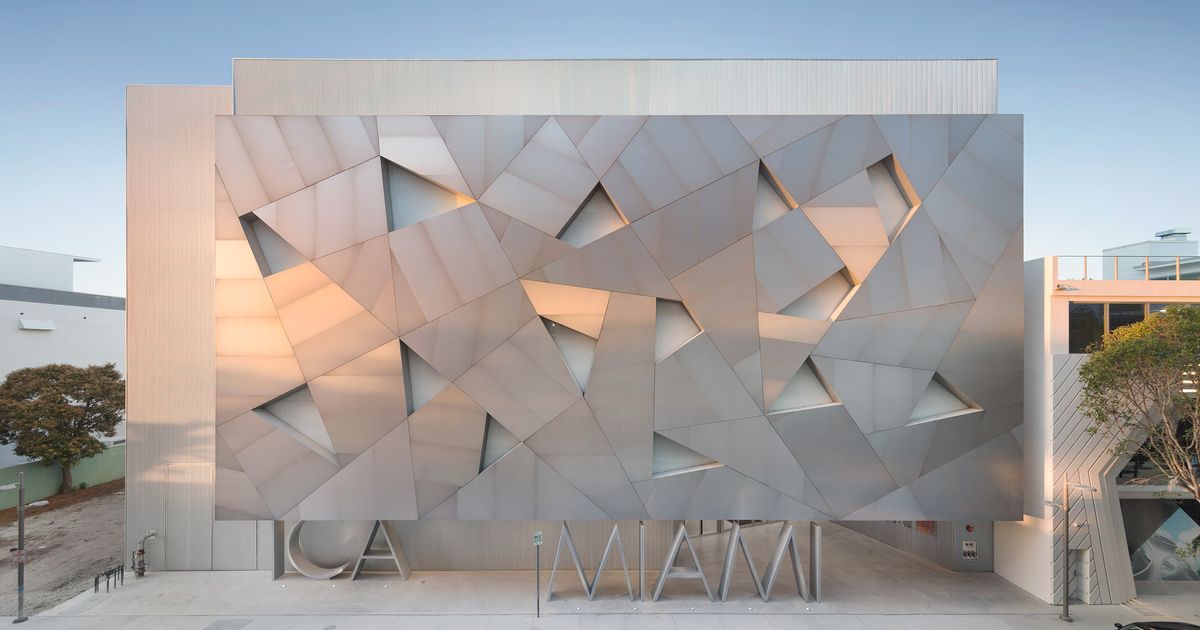The Dallas museums Senufo helmet mask was subject to a spectral CT scan on the recommendation of medical students Courtesy of University of Texas Southwestern Medical Center and Dallas Museum of Art
A Senufo helmet mask acquired by the Dallas Museum of Art in 1997 has always had a fearsome quality. Crafted by its West African creator with fierce horns to project power and status, it was no doubt intended to intimidate, according to Roslyn Walker, the museums senior curator of the arts of Africa, the Americas and the Pacific.
Yet in the Senufo belief system, it is also what you do not see—the sacrificial objects hidden beneath the surface—that lend the mask its power. For years, those inner ingredients were largely a mystery to Walker and her colleagues.
Now, with the aid of medical imaging and other technologies, those objects have been revealed, and the results have gone on view at the museum in the free exhibition Not Visible to the Naked Eye: Inside a Senufo Helmet Mask.
At the centre of the show is the mask itself, which dates from the mid-20th century and was fabricated and worn by a member of the Senufo peoples male-only Komo association at special ceremonies and secret events. “This is his self-expression, his aesthetics projected for all to see,” Walker says.
The Senufo helmet mask acquired by the Dallas Museum of Art in 1997 © Dallas Museum of Art
“Its also about religion and being in contact with the spirit world,” she adds. “Its a way of communicating with those who have already gone into the beyond—a way of divining, helping people to solve problems in life. So it has an educational function, for the society and for the person whos wearing it. Its a symbol of authority.”
The mask was acquired by the museum as a gift and Walker is unsure of the country of origin, although she suspects it to be the Ivory Coast: the Senufo people live in parts of the Ivory Coast, Mali and Burkina Faso. Visible elements on the masks surface include reedbuck antelope horns, glass, wood, cowrie shells, metal wire, glass and mirrors. The entire mask is also coated with a darkened liquid that Walker surmises is at least partly millet beer.
The ends of some of the horns were capped by pieces of fabric. “But part of our mantra is to be as non-invasive as possible, so we couldnt look inside them,” says Fran Baas, the museums interim chief conservator. “We do no harm—minimal intervention.”
However, a small loss in the fragile encrusted coating on the mask allowed a glimpse at a folded-up Arabic-language pamphlet in the back of its base. Peering at it, Walker and Baas made out the Arabic word for charity. A Fourier-transform infrared spectroscopy test carried out by a collaborating museum confirmed that the pamphlet was enclosed in a polyethylene plastic wrap. And X-ray fluorescence tests allowed Walker and Baas to identify the composition of the iron-alloy wires that were used to attach the horns. Still, much of the masks inner contents remained a mystery.
Serendipity then presented itself during a visit to the museum by medical students from the University of Texas Southwestern Medical Center in Dallas. Intrigued by the mask, the students suggested that Walker and Baas contact the hospitals radiology department to arrange a spectral imaging CT scan of its layers.
The spectral CT scan of the mask reveals materials of different densities and composition through varying colours Courtesy of University of Texas Southwestern Medical Center and Dallas Museum of Art
The resulting images revealed that the horns contain seed pods, fabric, gravel and the skeletal remains of what Walker believes is a small Nile monitor lizard. They uncovered tree rings on wood and a woodRead More – Source
[contf]
[contfnew]
the art news paper
[contfnewc]
[contfnewc]





